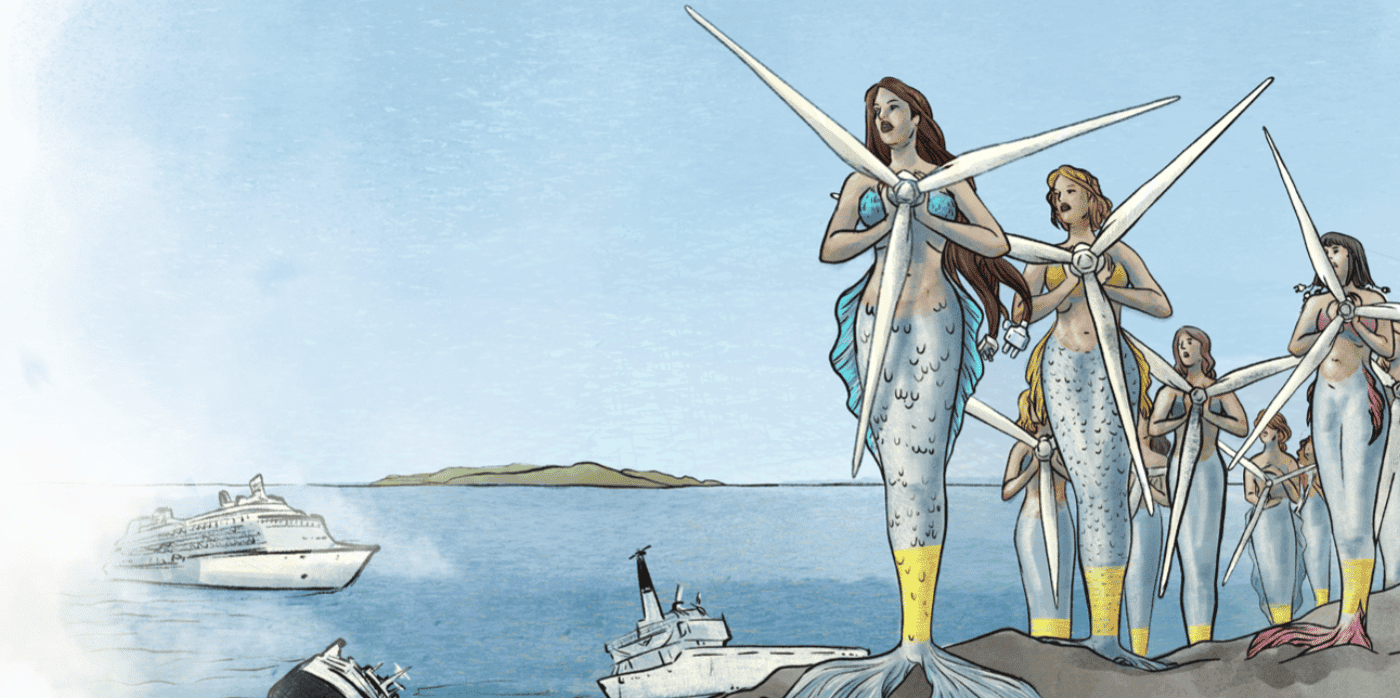Using fairy tales to teach about climate change

Spotted: Climate change may appear simple on the surface, but it is a rather complicated topic to teach. And schools could be doing a better job. Data collected by UNESCO from 100 countries shows that only 53 per cent of the world’s national education curricula reference climate change, and 40 per cent included only a minimal level of content. To help individuals better understand the climate crisis, a team led by Lancaster University – which also included researchers from the Universities of Strathclyde and Manchester – has focused on developing accessible and memorable ways of communicating sustainability-related topics – using fairy tales.
Fairy tales are not only for children, and the team is using them to respond to the various challenges of climate change, including electricity generation, low-carbon transport, and plastic pollution. The team has presented three “telling tales” on these topics, using the characters of mermaids, vampires, and witches as metaphors to communicate the typically complicated arguments more engagingly.
The mermaids, or sirens, highlight the potentially dangerous allure of renewable energy sources in the UK, which can cause us to ignore wider issues like excessive energy consumption. Vampires serve as embodiments for cars, sucking the wellbeing out of the environment and communities, while the witches are a metaphor for the broader ‘witch hunt’ against plastics, which puts a narrow focus on the material itself, rather than spotlighting the unsustainable and ineffective systems that can make plastic so harmful. The team worked with illustrator Véronique Heijnsbroek to create corresponding images for the stories.
The team hopes this concept will inspire the science community to communicate energy-based social science research in more digestible formats to engage with those outside of academia. This August, the team is planning to conduct a virtual workshop with other researchers and illustrators to further develop and broaden their collection of characters.
Climate education is essential, and Springwise has spotted many innovations in the archive helping to make the topic more teachable. These include wooden blocks that teach children about energy and using Minecraft to demonstrate the impact of climate change.
Written By: Anam Alam

